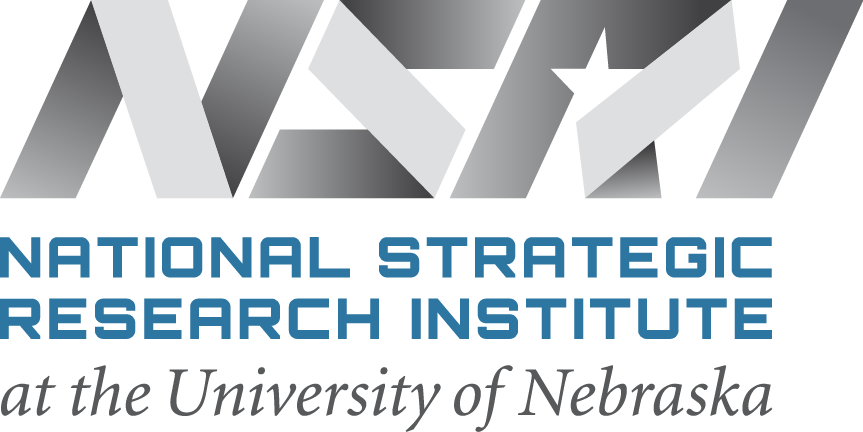The National Strategic Research Institute (NSRI) at the University of Nebraska has published it’s 2020 biennial report, “Research & Scientific Solutions — Armed for the Future."
Focused on 1 July 2018 – 30 June 2020, the report compiles the people, projects, partnerships and potential of the institute and NU with its many partners across the Department of Defense and Federal Government.
The report is available at nsri.nebraska.edu/publications/biennial-report-2020.
“On the occasion of the release of this biennial report, we recommit ourselves to serving as an enduring resource for the Department of Defense, a conduit through which the University of Nebraska delivers support in the form of the finest national defense and deterrence minds and resources,” writes Lt. Gen. (Ret.) Robert Hinson, NSRI founding executive director. “Our aim as a trusted agent working alongside USSTRATCOM, and other DOD agency decision-makers is to support and protect the warfighters and first responders who protect us all.”
Highlights include:
- Message from the Founding Executive Director
- Reflecting on Our Accomplishments
- Mission Milestones
- Passing the Baton: Next-Gen Nuclear Deterrence, Defense & Diplomacy
- Trusted-Agent of the Federal Government Working to Modernize Defense Assets
- Leveraging Medical and Science Partners for Life-Saving Treatment
- Saving Lives Through Top-Tier Instruction and Experience
If you would like a printed copy of the report, please email Katelyn Ideus, NSRI director of communications and public relations.
About the National Strategic Research Institute
Through the National Strategic Research Institute at the University of Nebraska leading scientists deliver innovative national security research, technology, product and strategy development, training and exercises, and subject matter expertise to the Department of Defense and other federal agencies. One of only 14 DoD-designated University Affiliated Research Centers in the country, NSRI is sponsored by U.S. Strategic Command and works to ensure the United States’ safety and preparedness against increasingly sophisticated threats.
###

